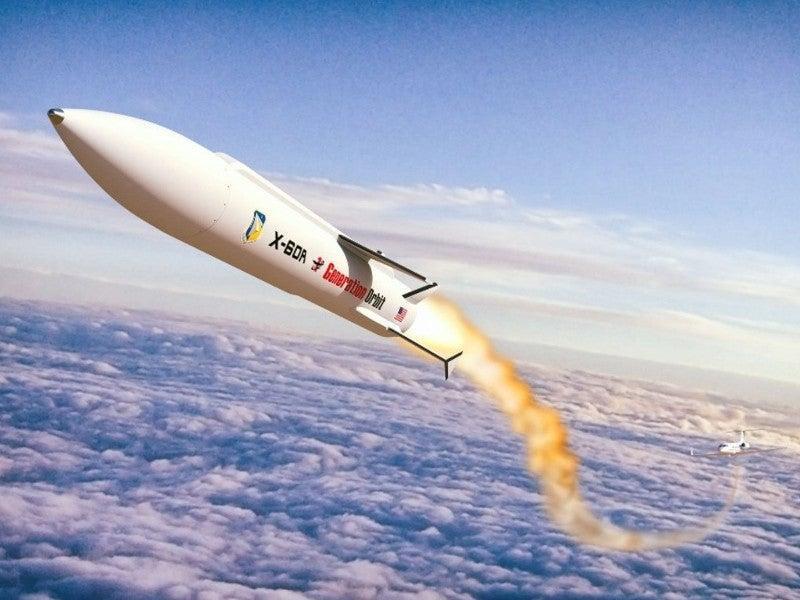Germany’s Ambitious Hypersonic Project
The German Armed Forces Procurement Office, known as BAAINBw, has initiated a groundbreaking project by commissioning the Bremen-based startup Polaris Spaceplanes to develop a cutting-edge hypersonic research vehicle. This contract not only focuses on the design of the vehicle but also includes options for its production and subsequent flight testing. The vehicle is set to serve multiple purposes, acting as a hypersonic testbed and experimental platform dedicated to both defense initiatives and scientific exploration.
In addition to its primary functions, this innovative reusable vehicle is designed to operate as a small-satellite launcher when utilizing an expendable upper stage. Its versatility extends to potential reconnaissance missions, which can be conducted both within and beyond the Earth’s atmosphere. This ambitious project positions Germany at the forefront of hypersonic research, promising significant advancements in technology for national defense.
Innovative Design and Capabilities
The prototype hypersonic research vehicle is projected to reach completion by the year 2028, marking a significant milestone in aerospace technology. Spanning 28 meters (92 feet) in length, the vehicle is engineered to take off and land on conventional runways, providing it with the capability to manage a payload of up to 1 ton in low-Earth orbit. To achieve this, the vehicle incorporates a hybrid propulsion system, featuring a jet engine for takeoff and landing, as well as an aerospike rocket engine designed to propel it beyond Mach 5 into the hypersonic realm.
Since its inception, Polaris Spaceplanes has made significant progress; as of September 2024, the startup has developed three test vehicle demonstrators. Each of these 5-meter (16-foot) long demonstrators weighs 250 kilograms (551 pounds) and has successfully completed over 100 flights, showcasing the feasibility of hypersonic travel. Furthermore, plans are in place for an even larger 8-meter (26-foot) prototype, expected to take to the skies by late 2025, weighing in at approximately 1.5 tons.







